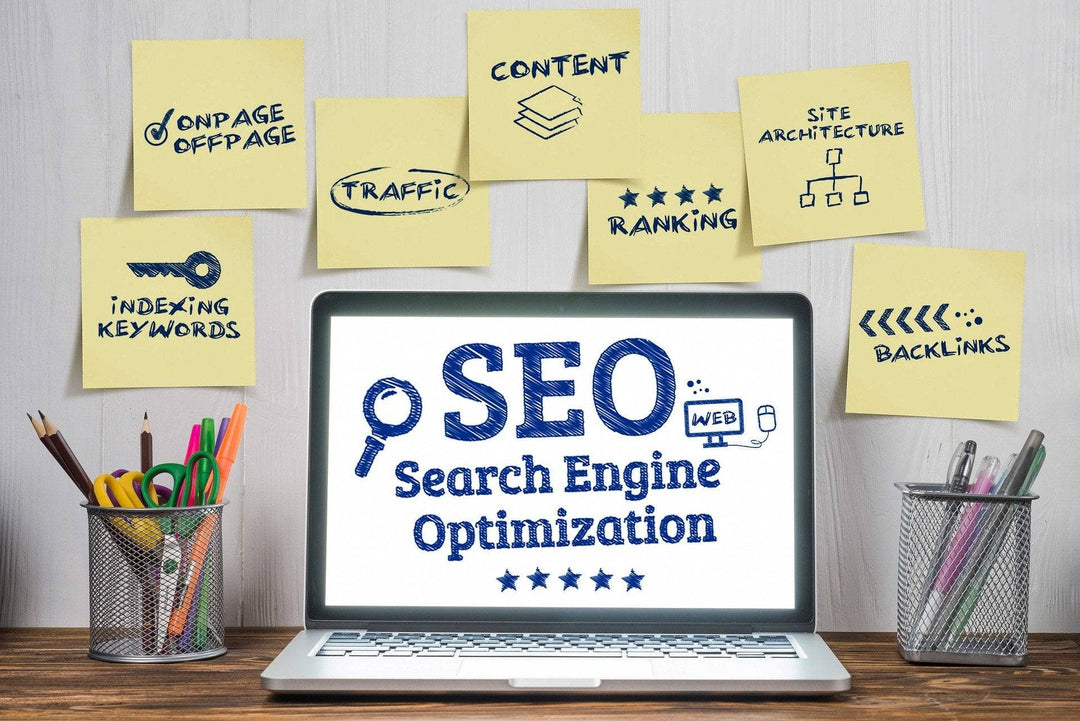Overview
Choosing the right theme for your Shopify store is crucial for enhancing user experience, branding, and conversion rates. Key considerations include understanding your store's goals, knowing your target audience, and evaluating theme features like mobile responsiveness and SEO optimization. Free themes may lack customization and support compared to paid ones. Testing various themes through trial and error is recommended to find the best fit for your store's needs. Ultimately, the theme you choose should reflect your brand and facilitate a seamless shopping experience.
Frequently Asked Questions
1. Why is choosing the right theme important for a Shopify store?
2. What factors should be considered when selecting a Shopify theme?
3. How can I understand my target audience better for theme selection?
4. What is the difference between free and paid Shopify themes?
5. How can I find the right theme for my Shopify store?
Starting your own Shopify store is an exciting journey, and one of the first, most crucial steps is selecting the right theme. Your store's theme will shape the user experience, dictate your branding, and influence the overall aesthetics of your online shop. In this article, we’ll explore the essential factors to consider when choosing the best theme for your Shopify store, and provide actionable tips to enhance your store's appearance and functionality.
Understanding the Importance of Your Store's Theme
The theme of your Shopify store is not just about how it looks; it also affects your brand identity, usability, and even SEO optimization. A well-chosen theme can make navigation seamless, ensure that products are showcased effectively, and ultimately lead to higher conversion rates. Here are some key points to consider:
- Brand Representation: Your theme should reflect the core values and personality of your brand.
- User Experience: A theme should offer an intuitive layout that guides customers through their shopping journey.
- Mobile Responsiveness: With most shoppers now browsing on mobile devices, your theme must adapt seamlessly to various screen sizes.
- SEO Optimization: A cleanly coded theme can help improve your search engine rankings.
Determine Your Store's Goals
Before diving into theme selection, it’s essential to establish the primary goals of your Shopify store. Are you focusing on increasing sales, building brand awareness, or providing educational resources about your products or services? Your goals will influence the type of theme you choose. For instance, if your primary goal is to sell products, look for themes designed with eCommerce in mind, featuring product grids, filtering options, and detailed product pages.
Visual Impact and Branding
Your Shopify theme should resonate with your target demographic while also aligning with your brand's image. Consider the following:
- Color Scheme: Choose colors that represent your brand and evoke the right emotions in your visitors.
- Typography: Select fonts that are easy to read and contribute to your brand's personality.
- Imagery: Utilize high-quality images to enhance your brand storytelling.
Exploring Theme Features
Different themes come equipped with various features. When selecting a theme for your Shopify store, analyze the functionalities that can elevate your customer experience. Look for features such as:
- Responsive Design: Ensure the theme is responsive and fits all devices.
- Customizable Layouts: A flexible layout allows you to adjust the look and feel of your store without needing extensive coding knowledge.
- Blog Integration: If you plan to regularly share content or run a Shopify workshop, having a blog section integrated within your theme is invaluable.
- Lazy Loading: This feature improves load times by only loading images when they come into view.
- Cart and Checkout Customization: The checkout process should be simple and straightforward to prevent cart abandonment.
Understanding the Target Audience
Knowing your audience is fundamental to choosing the right theme. Consider the demographics of your target market, including age, preferences, and behaviors. Understanding what your audience desires can help determine the visual style and functionalities your theme should encompass. For example, a younger audience may appreciate bright colors and trendy designs, while a more mature audience may prefer a classic and elegant look.
Utilize Conversational AI Commerce Search
Enhancing customer interaction is a priority in the current eCommerce landscape. Implementing features such as Conversational AI commerce search can be a game-changer for your Shopify store. This technology addresses customer inquiries in real-time. When selecting a theme, look for compatibility with AI-driven features so that users can swiftly find what they’re looking for, enhancing their shopping experience significantly.

Evaluating Theme Performance
Performance is a critical factor in retaining visitors and driving conversions. Before opting for a particular theme, consider factors such as:
- Page Load Speed: A fast-loading theme is essential as it improves user experience and contributes to better SEO rankings.
- Browser Compatibility: Ensure your theme looks good and functions well on all major web browsers.
- Optimized Code: An optimized code ensures fast loading times, which are crucial for retaining customers.
Customization Options and Flexibility
Although many Shopify themes come pre-designed, customization options are vital to creating a unique store that stands out from competitors. Here are aspects to consider:
- Ease of Customization: The ideal theme should allow for extensive customization without requiring advanced coding skills.
- Pre-Built Sections: Look for themes with pre-built sections that cater to your specific needs, making it easier to create a visually appealing layout.
- Third-party App Support: Ensure your theme is compatible with third-party apps to extend functionality as your business grows.
Solving Your Challenges with Themes
It's essential to consider any existing challenges you may face with your online store and ensure your chosen theme can either resolve or mitigate these issues. For instance, if you find it challenging to showcase products efficiently, opt for themes that offer advanced filtering or product display options. This can significantly enhance user experience, help users locate products faster, and ultimately drive conversions.
Seek Feedback and Reviews
When in doubt, consider testimonials and reviews from other Shopify users. A theme may appear ideal at first glance, but user experiences can reveal critical insights. Engage with Shopify community forums and discuss your options with fellow merchants or attend online Shopify workshops to gather valuable opinions about themes that may have caught your attention.
Free vs. Paid Themes
Shopify offers both free and paid themes. While free themes can be enticing due to their lack of upfront cost, they often come with limited customization options, and not all are optimized for SEO. Paid themes generally offer more features, better support, and built-in tools aimed at enhancing user experience. Weigh the pros and cons of each before making a decision.
Trial and Error
Ultimately, the best way to discover a suitable theme is through trial and error. Most themes can be easily installed and removed without any long-term commitment. So, feel free to test out a few options, even setting up demo versions of your store for a better sense of how each theme looks and functions in a live environment. This hands-on approach will help you find the perfect fit for your store.
Final Thoughts on Theme Selection
Your Shopify store theme is more than just a pretty cover; it's an integral part of your brand identity and online success. By carefully considering factors such as design, user experience, responsiveness, and audience needs, you can select a theme that not only looks great but optimizes functionality and drives sales. Take your time in choosing the theme that aligns best with your goals and resonates with your target audience. Remember, your Shopify store's theme is the first impression many customers will have, so making it count is essential!
Linked Product

Shopify Startup - Build, Optimize, and Market Your Store - 3 day intensive workshop
The Shopify Startup Intensive workshop offers participants a hands-on opportunity to build, optimize, and market their online stores effectively. Over the course of three days, attendees will learn essential skills, including store setup, theme customization, and digital marketing strategies tailored for e-commerce. This workshop is suitable for both newcomers and existing store owners aiming to enhance their Shopify experience.
View Product





Leave a comment